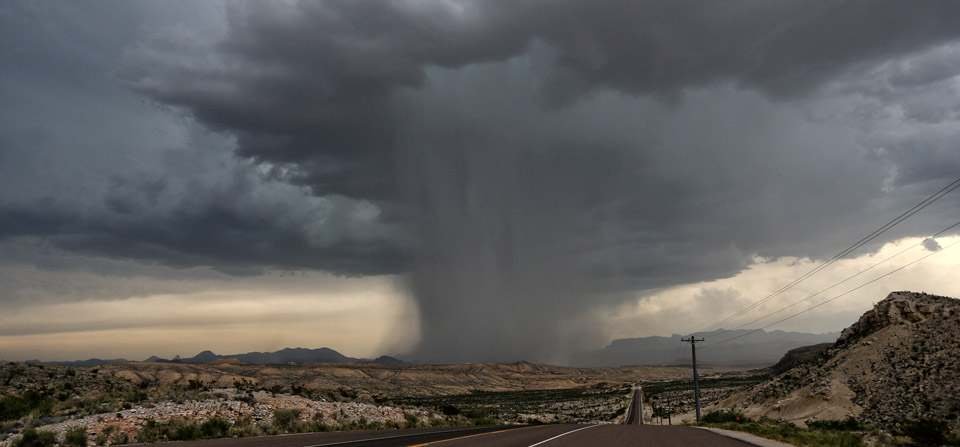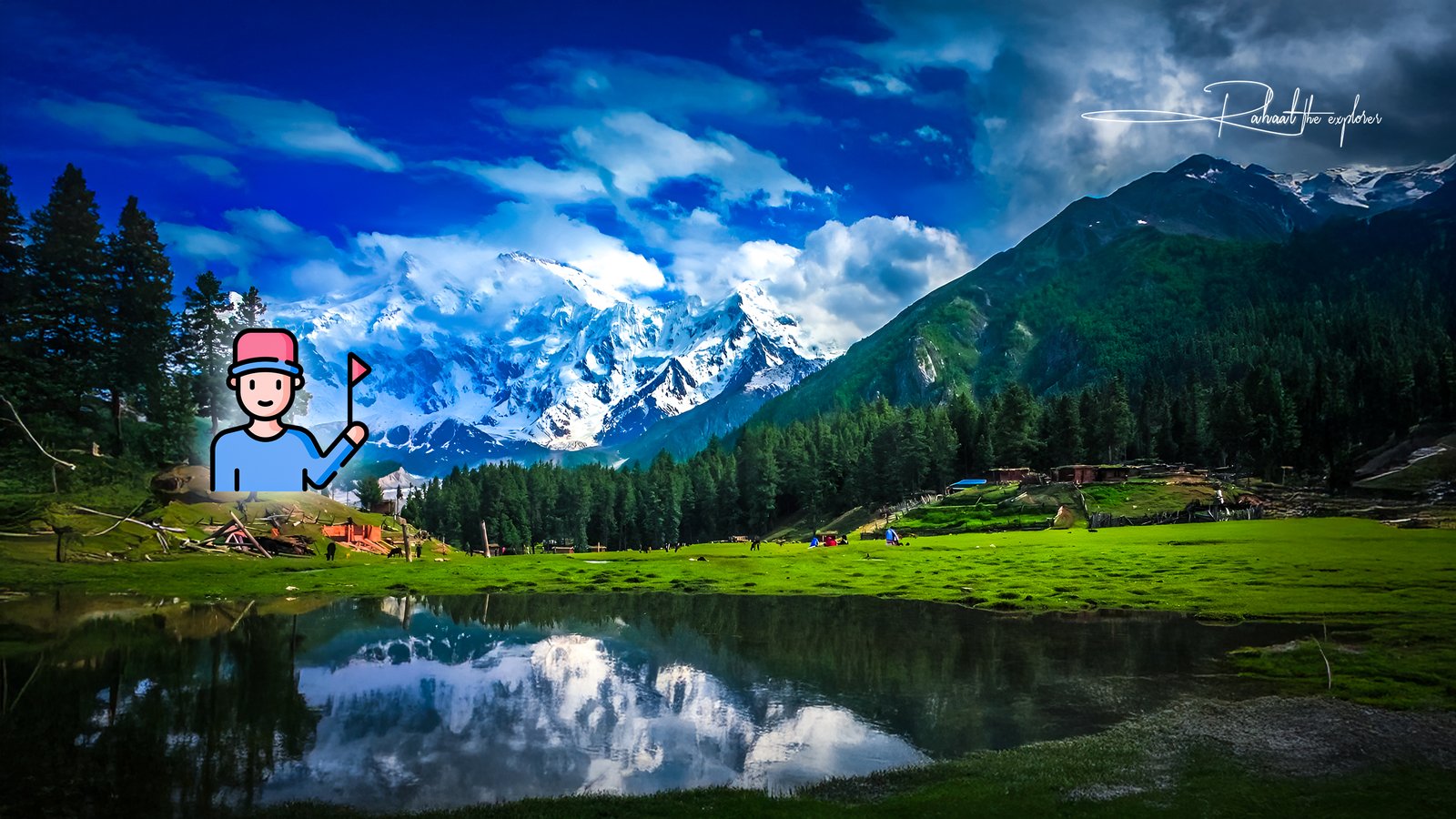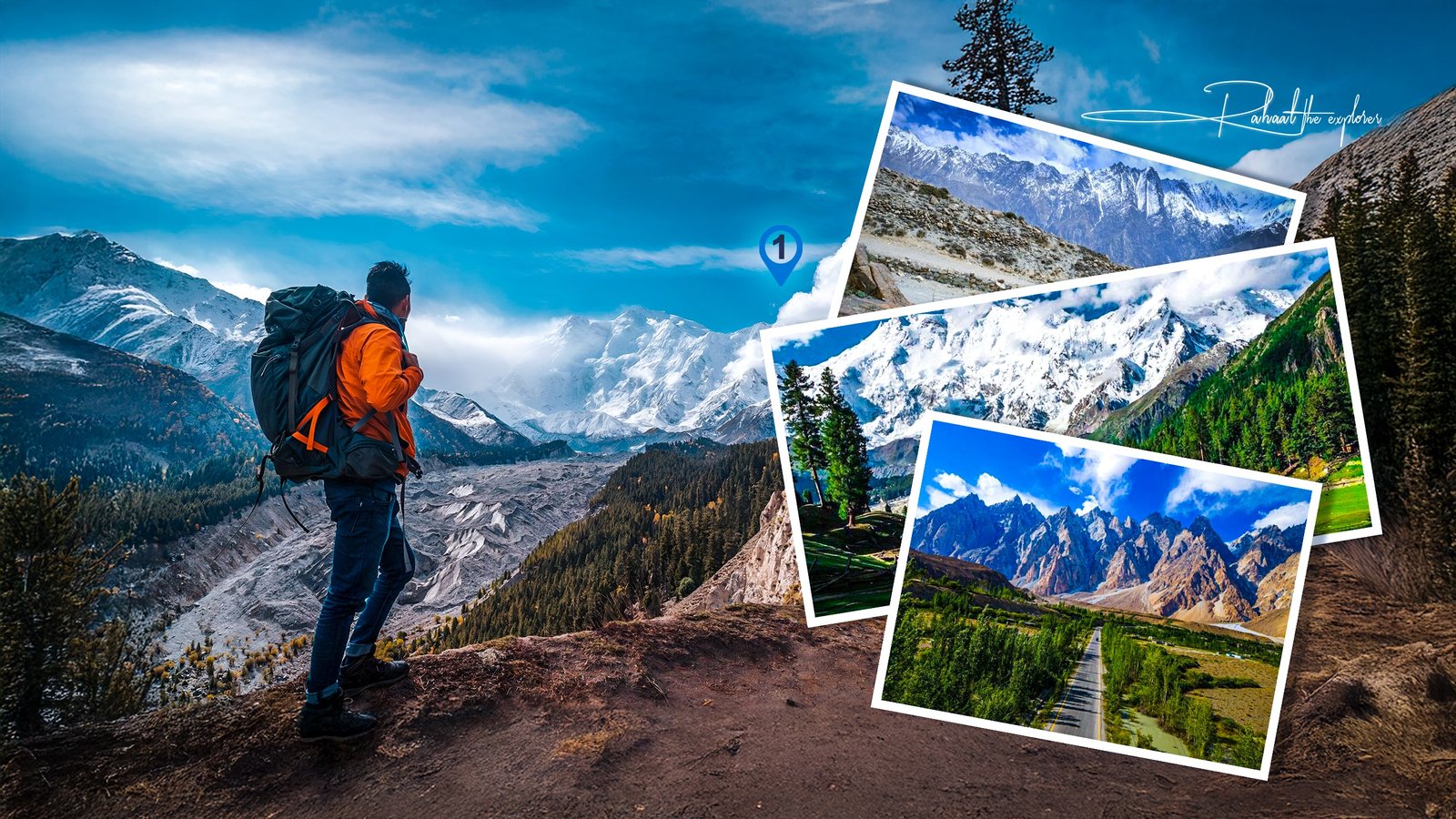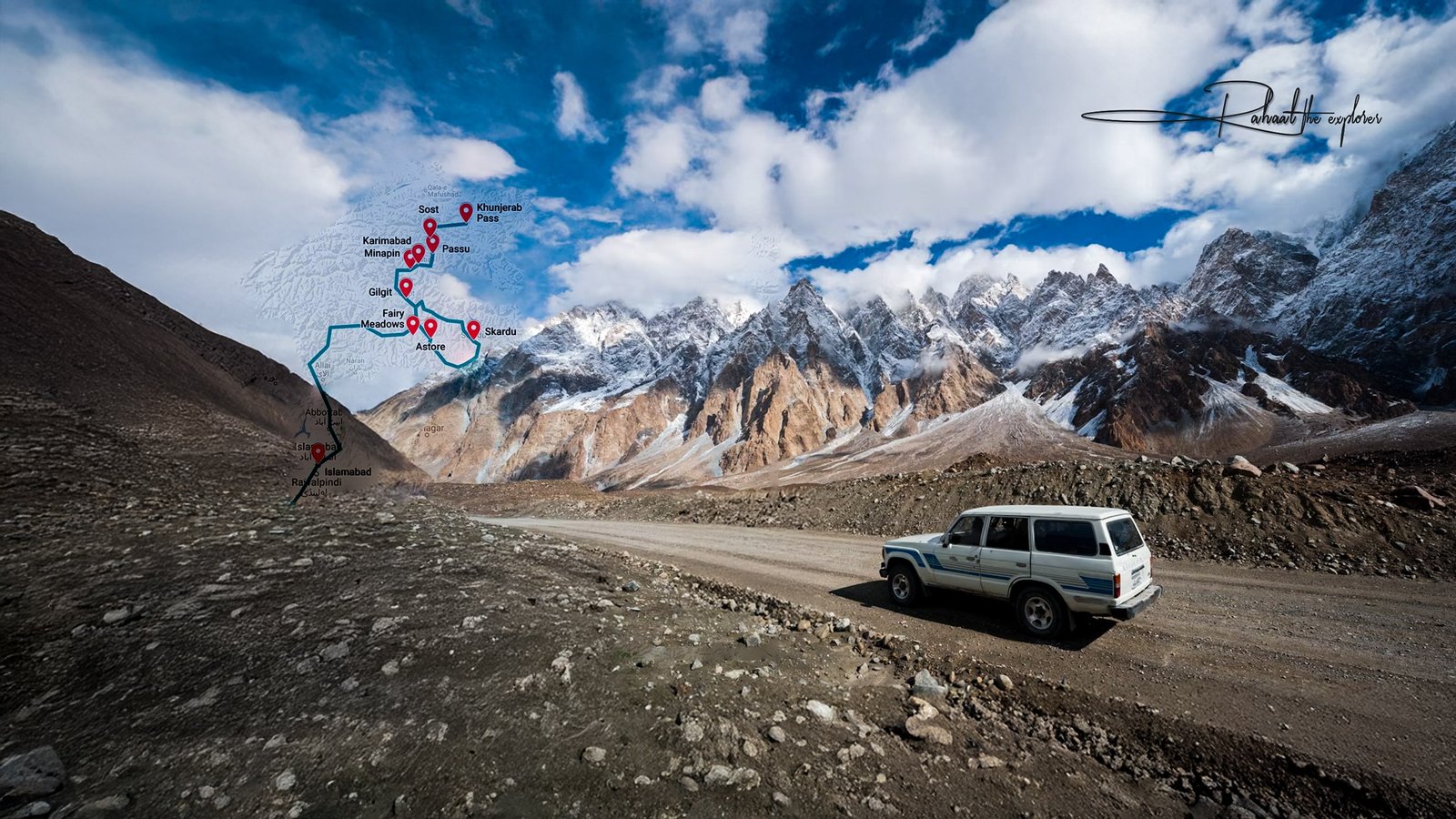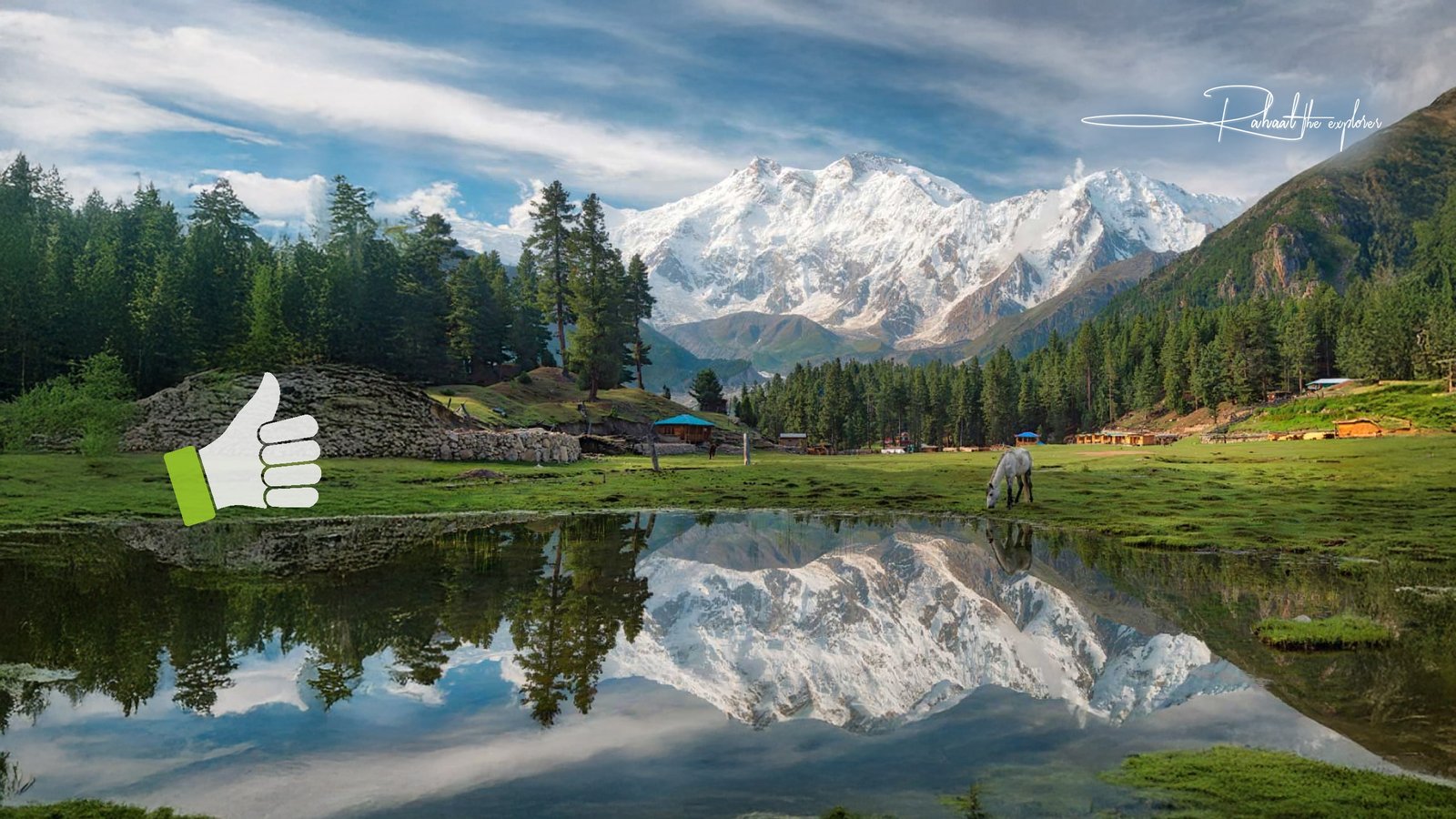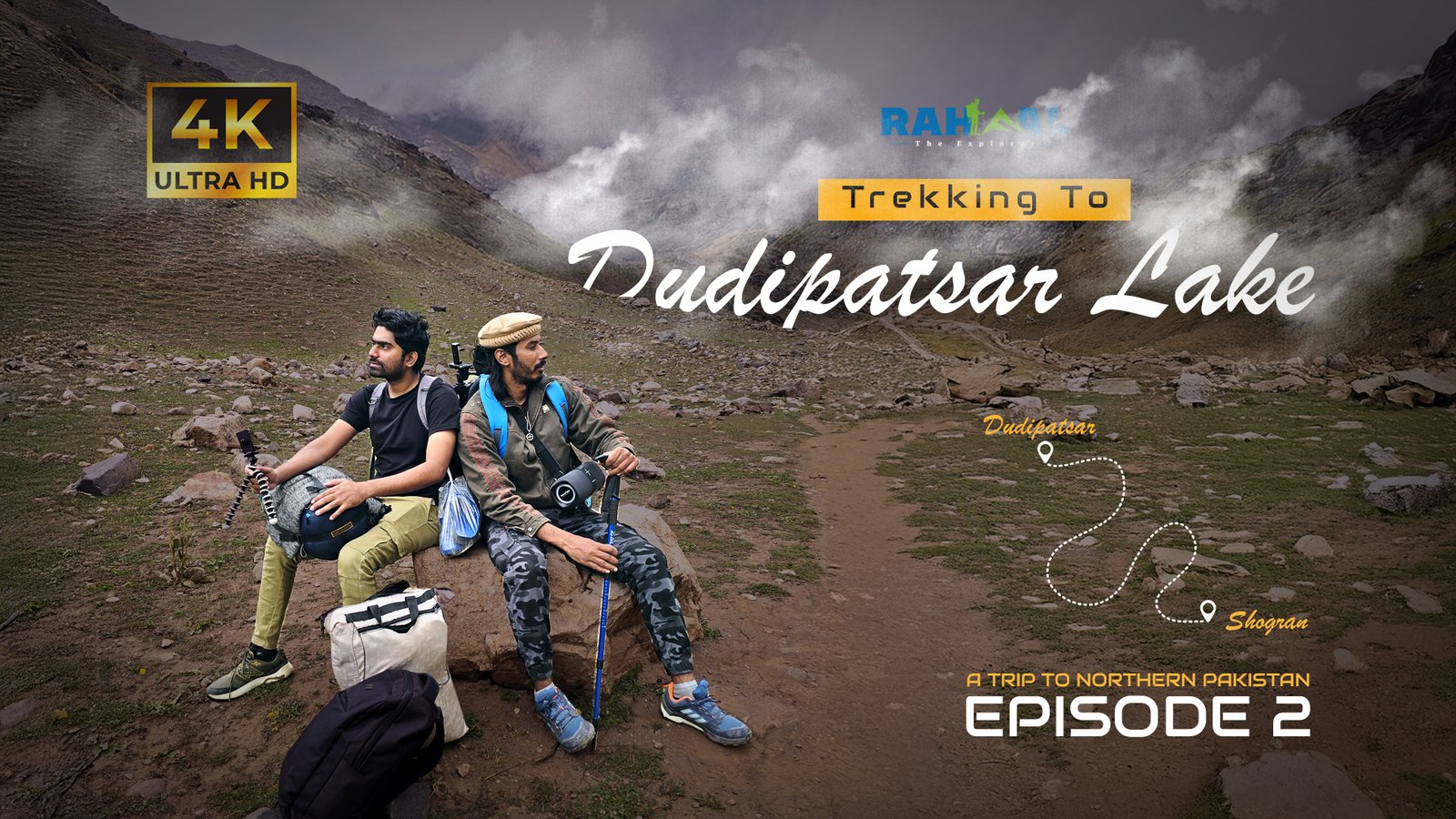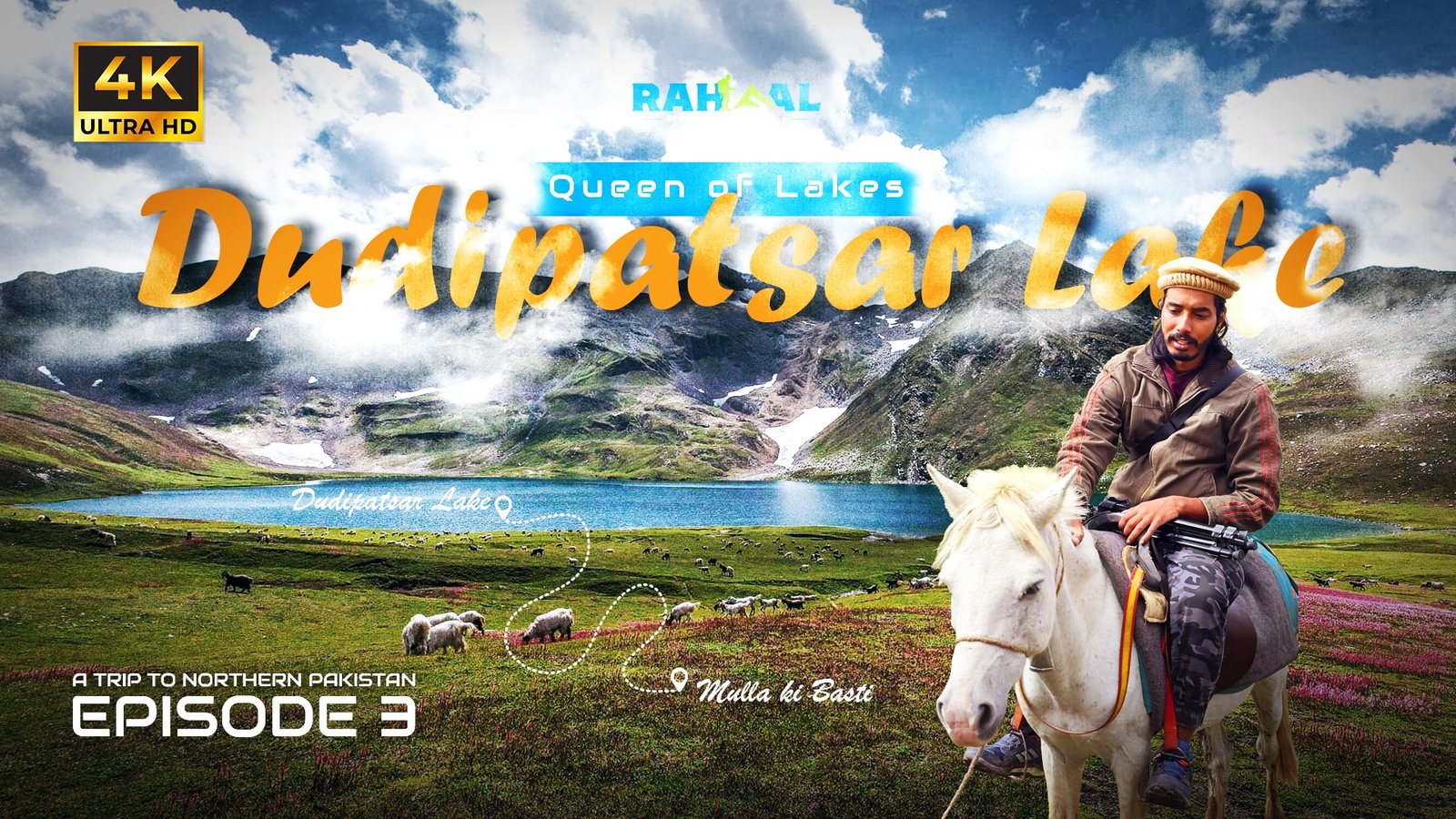The Kashmir Valley, often described as paradise on earth, is also a region prone to unpredictable weather events. In recent years, the frequency and intensity of flash floods, cloudbursts, and landslides have increased, bringing untold devastation to communities and travelers alike. Among those most vulnerable are religious pilgrims who journey each year through treacherous mountain routes to reach sacred sites.
One such tragedy unfolded when a sudden cloudburst in Kashmir triggered flash floods and landslides, disrupting life, damaging infrastructure, and claiming innocent lives. This disaster not only highlighted the fragility of human life against nature’s fury but also raised questions about preparedness, climate change, and the safety of religious journeys in such high-risk zones.
What is a Cloudburst?
A cloudburst is an extreme amount of rainfall occurring over a short period of time, usually confined to a small geographic area. Unlike normal rain, a cloudburst can dump over 100mm of rain in just an hour, leading to instant flooding. In mountainous regions like Kashmir, this phenomenon is especially destructive as water gushes down steep valleys, sweeping away everything in its path.
The geography of the Himalayas makes the Kashmir Valley particularly vulnerable to such events. Narrow valleys, fragile slopes, and human settlements close to riverbeds amplify the damage. When pilgrims traveling through mountain trails or camping near riverbanks are caught off guard, the consequences can be catastrophic.
The Tragedy: Pilgrims Caught in Flash Floods
Religious pilgrimage has deep cultural and spiritual significance in Kashmir. Thousands of devotees from across India and beyond travel to holy shrines each year. Unfortunately, the same routes that symbolize faith also run through landslide-prone areas, river valleys, and mountain passes highly susceptible to sudden floods.
During the recent cloudburst, torrential rains battered the region in minutes. The gushing streams turned into raging torrents, sweeping away tents, makeshift camps, and even concrete infrastructure. Pilgrims who had come seeking peace and blessings were left fighting for survival against the unforgiving force of water and debris.
Eyewitnesses described scenes of panic and chaos:
Campsites submerged within minutes.
Families separated as the floodwaters carried away belongings.
Rescue teams struggling against collapsing roads and mudslides.
Helicopters airlifting stranded pilgrims from remote ridges.
The loss of lives was devastating, and many injured required urgent medical evacuation. The incident served as a grim reminder that in regions like Kashmir, religious journeys are not just spiritual endeavors but also physical battles against natural hazards.
Roads and Connectivity Severely Damaged
Kashmir’s road network is a lifeline not just for locals but also for tourism and pilgrimages. Mountain roads like the ones connecting northern valleys or the Karakoram routes are already fragile due to frequent landslides. A sudden cloudburst often leaves stretches of these highways completely destroyed.
In the aftermath of this tragedy:
Several major roads were washed away.
Bridges collapsed under the force of the water.
Remote villages and towns were cut off for days.
Pilgrims stranded at different locations had to rely on helicopters or trek on foot to reach safety.
The damage extended beyond transportation. Electricity poles, telecommunication lines, and pipelines were uprooted. Even critical rescue operations faced delays because of impassable routes. For pilgrims, many of whom were elderly or traveling with children, the ordeal was terrifying.
The Humanitarian Crisis
Every disaster in Kashmir comes with a humanitarian cost. The flash floods left hundreds without shelter as tents and temporary accommodations were washed away. Pilgrims and locals alike faced shortages of food, drinking water, and medical supplies. Relief camps had to be set up overnight to house survivors.
Rescue agencies, local volunteers, and the Indian army launched extensive operations. Medical teams treated the injured while helicopters ferried the critically wounded to hospitals. Yet, the psychological trauma endured by survivors—especially those who lost loved ones—was immense.
This tragedy also disrupted the local economy. The tourism sector, already fragile, faced cancellations. Local transporters, porters, and small vendors who depend heavily on pilgrimage seasons lost their livelihoods overnight.
Climate Change and the Rising Risk of Cloudbursts
Experts have long warned that climate change is increasing the frequency of extreme weather events in the Himalayas. Rising global temperatures are altering monsoon patterns, leading to unseasonal and more intense rainfalls.
Several factors contribute to this growing threat:
- Glacier Melting – Warmer temperatures mean melting glaciers, which add more water to rivers, making them prone to overflow.
- Deforestation and Urbanization – Human interference in fragile ecosystems weakens natural barriers that could otherwise absorb rainfall.
- Erratic Monsoons – Shifts in rainfall timing and intensity result in unpredictable cloudbursts.
- Infrastructure Pressure – Expanding roads and settlements in unstable mountain zones increase vulnerability.
For Kashmir, this means a future where cloudbursts may become more common, directly endangering pilgrims and residents.
Pilgrimage Safety Concerns
The tragedy has reignited debate over how prepared authorities are to ensure the safety of pilgrims. Questions being asked include:
- Are weather warnings communicated effectively to travelers?
- Do pilgrims have adequate evacuation routes?
- Are campsites being set up in high-risk flood-prone zones?
- Is the infrastructure resilient enough to withstand natural disasters?
Every year, despite warnings, camps and tents are pitched close to riverbeds or mountain slopes, increasing risk. Authorities have since promised stricter safety regulations, including improved early warning systems, safer camp placements, and rescue drills. However, effective implementation remains the real challenge.
Lessons Learned from the Kashmir Cloudburst
- Preparedness Saves Lives – Advanced weather forecasting tools must be used to alert pilgrims and residents hours before potential cloudbursts.
- Infrastructure Resilience – Roads, bridges, and shelters need to be designed for mountainous, flood-prone terrain.
- Community Awareness – Locals and pilgrims must be educated about evacuation protocols and safety zones.
- Regulating Campsites – Temporary accommodations should be restricted from being set up near rivers or unstable slopes.
- Disaster Response Speed – Rescue agencies must be equipped with helicopters, medical units, and rapid response teams in high-risk pilgrimage zones.
Voices from the Ground
Survivors of the tragedy recount stories of courage and despair. Many pilgrims described being saved by locals who risked their lives pulling strangers from floodwaters. Others told of losing family members within minutes as water swept through their camps.
One survivor shared: “We had come with devotion and prayers, but within minutes everything was gone. I saw tents collapse and people screaming. It was like the mountain itself had turned against us.”
Such testimonies reflect not only the horror but also the resilience of communities who continue to rebuild after every disaster.
The Way Forward
While natural disasters cannot be entirely prevented, their impact can be minimized. For Kashmir, this means adopting a multi-pronged strategy:
Technology-driven forecasting using satellites and radar systems.
Dedicated disaster shelters along pilgrimage routes.
Public-private partnerships for quick restoration of damaged roads and infrastructure.
International cooperation for climate resilience in the Himalayas.
Most importantly, balancing spiritual journeys with environmental realities is crucial. Pilgrimages must continue, but not at the cost of human lives.
Conclusion
The cloudburst tragedy in Kashmir stands as a stark reminder of how fragile human life is in the face of nature’s fury. For pilgrims, what begins as a spiritual quest can turn into a struggle for survival within moments.
As the world grapples with the effects of climate change, regions like Kashmir will remain at the frontline of natural disasters. Strengthening infrastructure, raising awareness, and respecting the fragile Himalayan ecosystem are no longer choices—they are necessities.
Ultimately, faith and safety must go hand in hand. By learning from this tragedy and implementing stronger preventive measures, future pilgrims may find not only spiritual peace in the mountains but also physical security.


